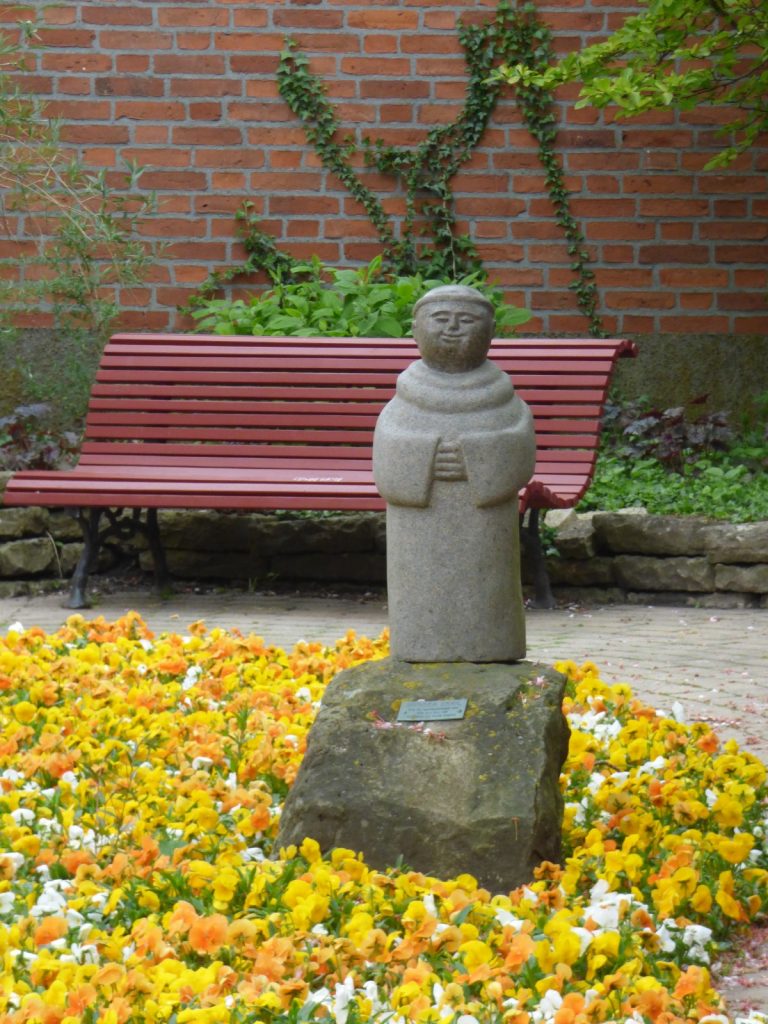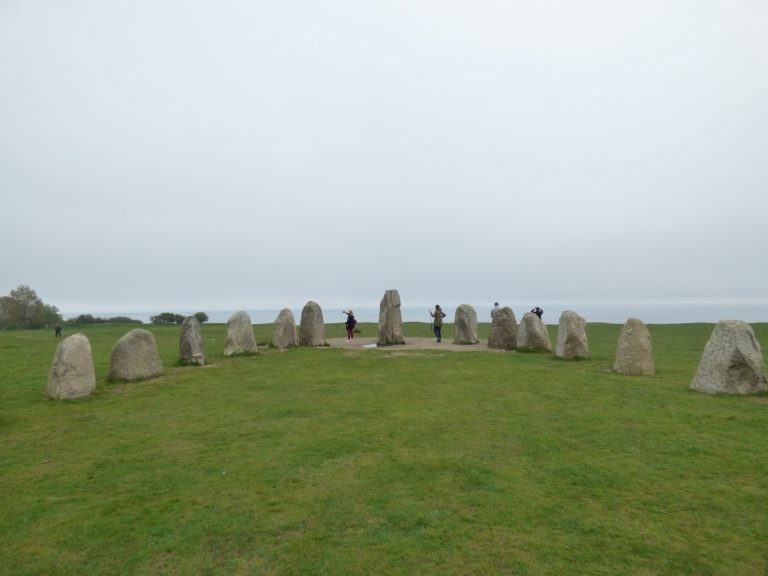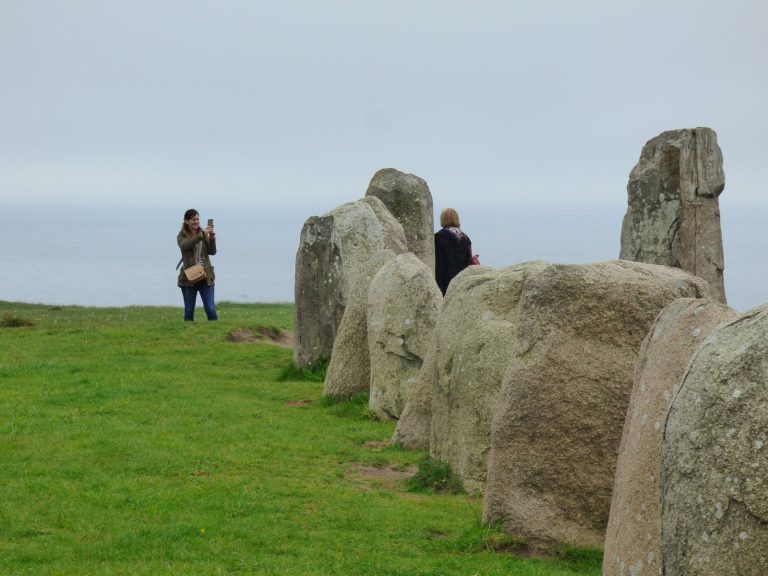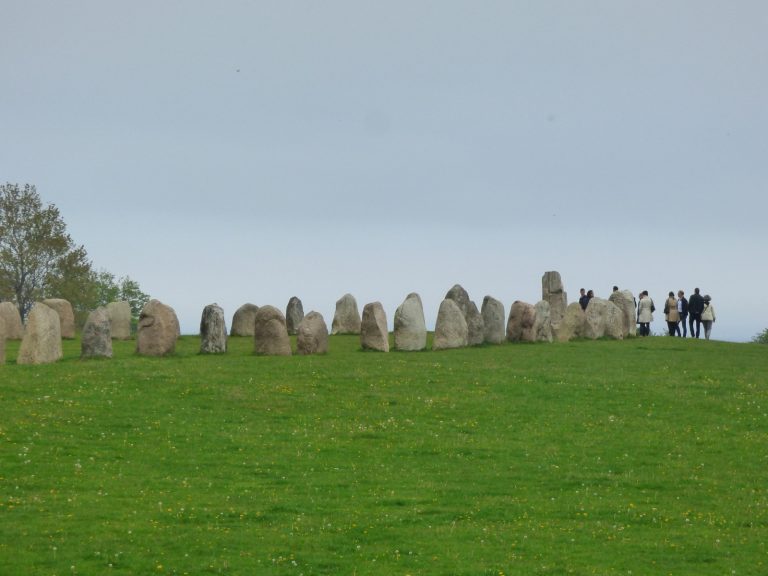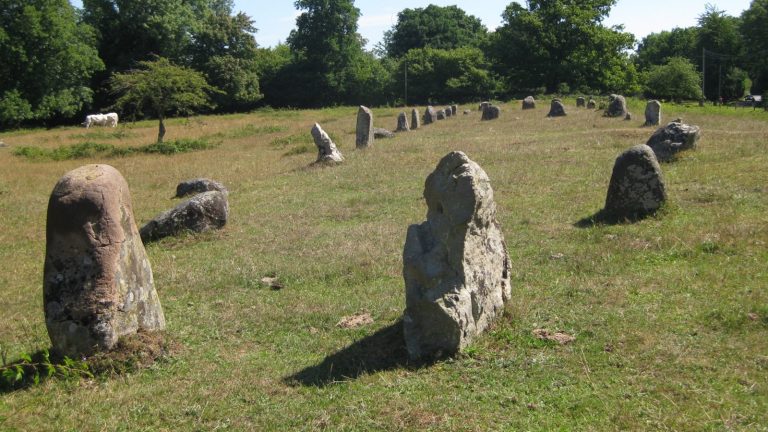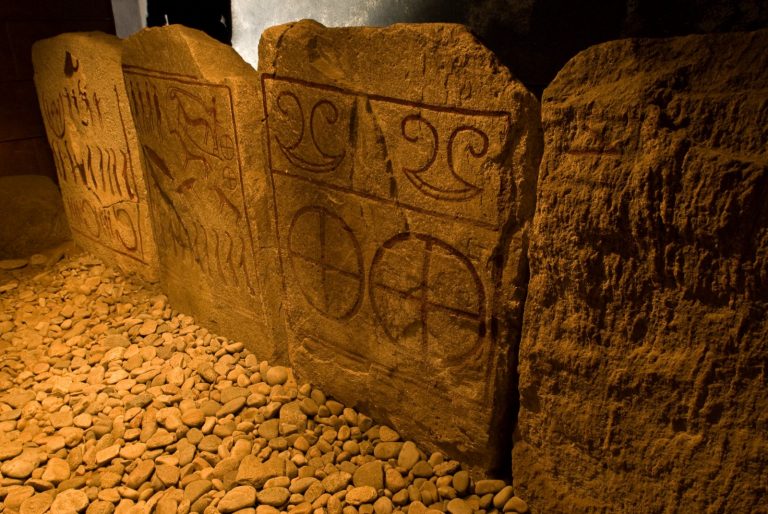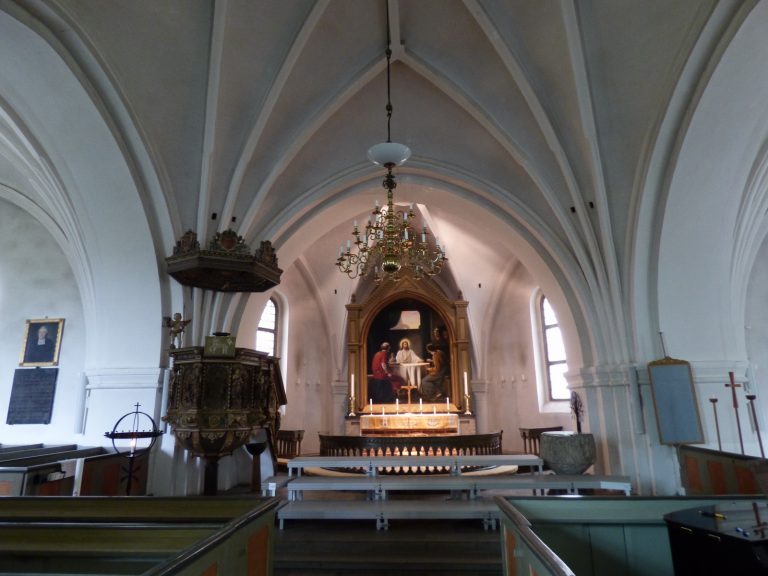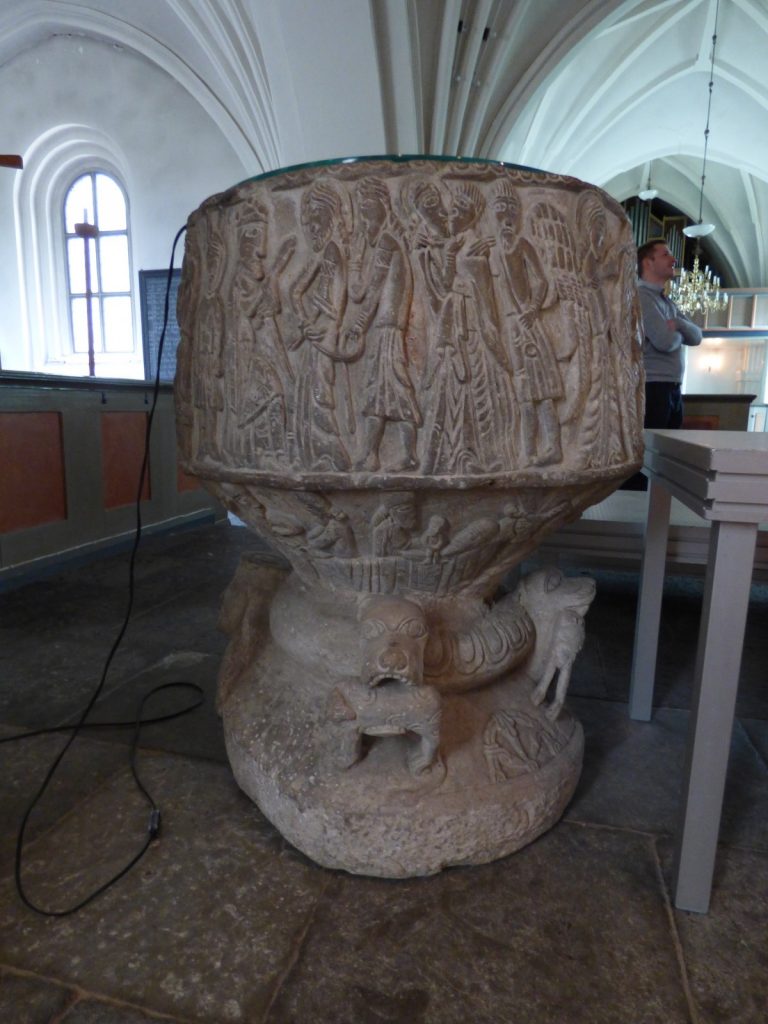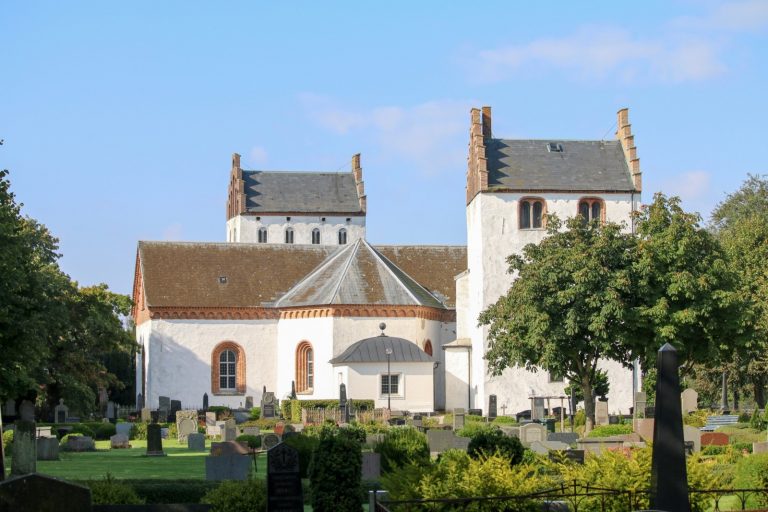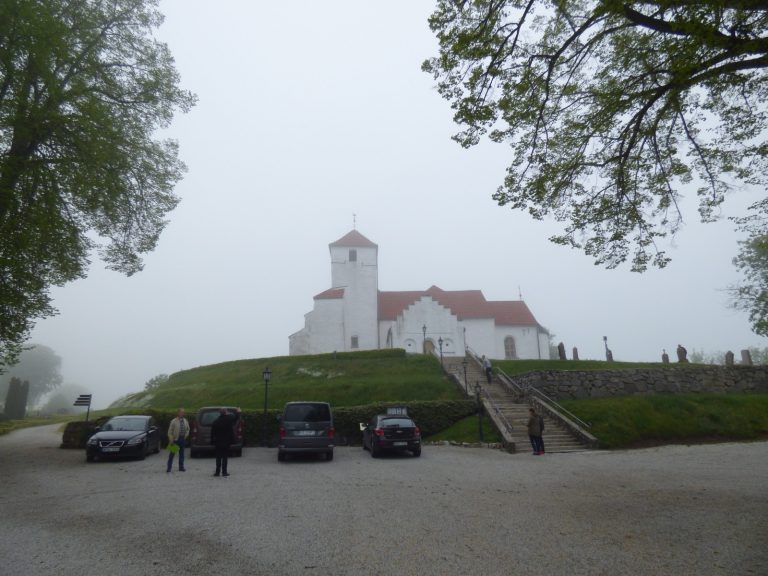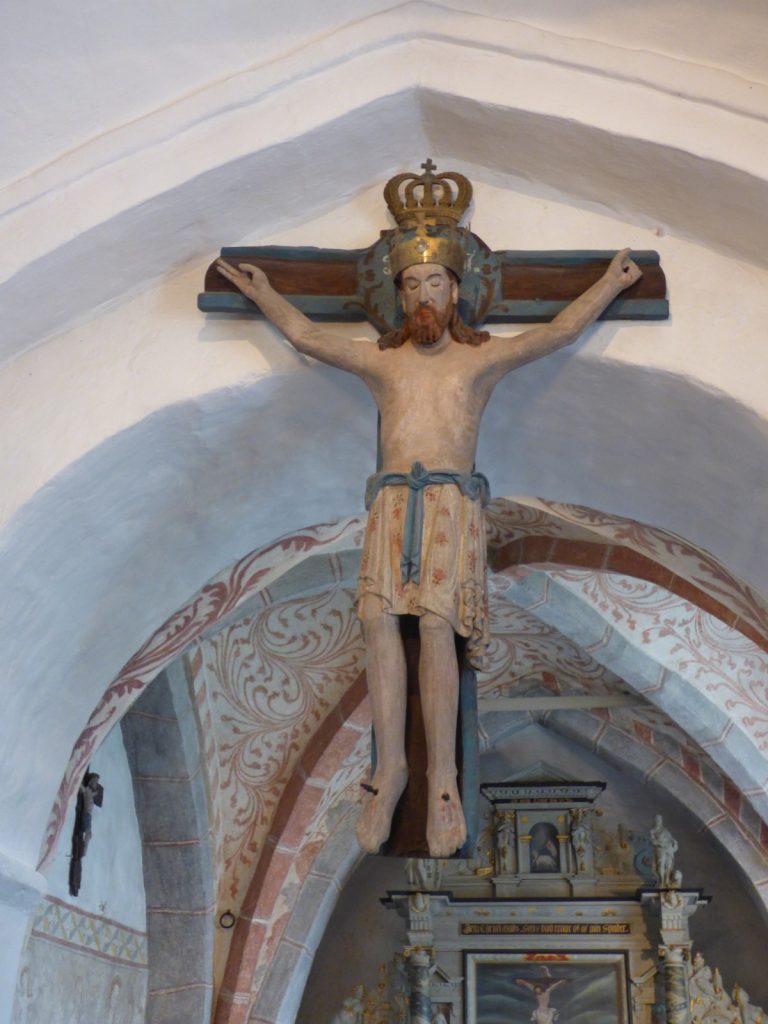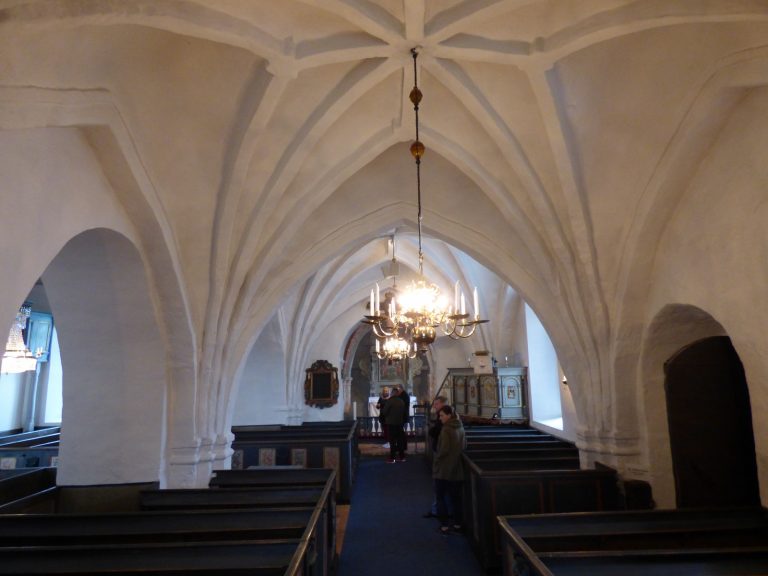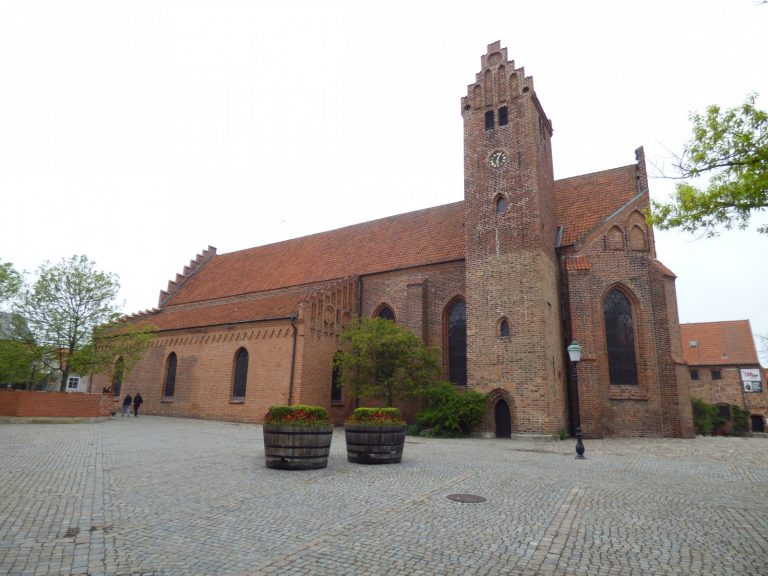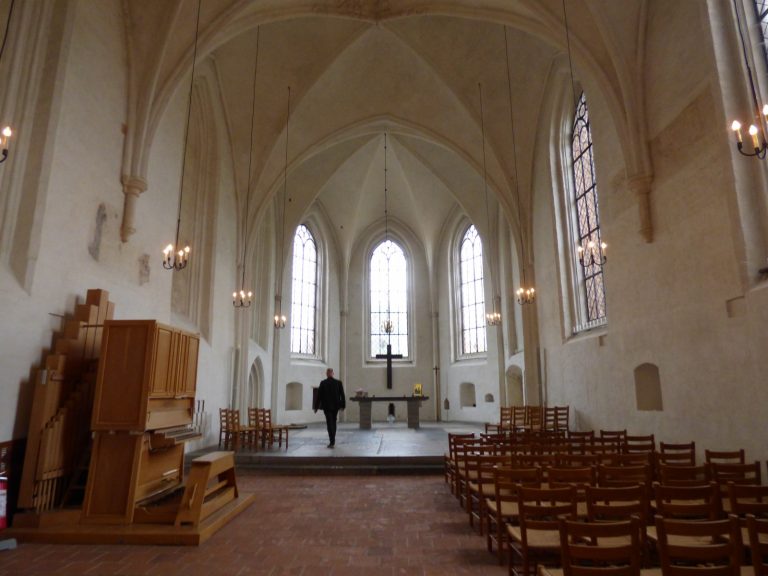LOCATION
The south-eastern end of Sweden is Österlen, Scania plain, a land of mild climate, fertile soil and rich past. It bears the stigma of both the Vikings and the Danes who had ruled Scania until the mid-17th century. What attracts tourists besides the scenic beaches, national parks and moraine hills is numerous monuments of architecture, in particular castles and temples. The origins of most of the latter are medieval, which makes them a living chronicle of changes undergone by Scandinavian religiousness. The places we have selected are situated between Ystad, Kivik and the Baltic coast. We suggest making tiny, harbour town of Ystad your starting point due to its ferry connections with Świnoujście (55°25′N 13°50′E).


SIGHTSEEING
A car or a bike is the optimum means of transport in Österlen. The greatest distance, of 50 km, is one between Ystad and Kivik. Moreover, a railway line runs along the coast from Ystad towards Karlskrona. All the places are conveniently available, yet in the case of Ales Stenar in Kaseberga it is necessary to go on foot to the hill where a tomb – boat is situated. All the foregoing churches are open during the day, usually between 10 am and 5 pm.
ATTRACTIONS
Ystad is a small harbour town with the largest complex of medieval half-timbered buildings in Sweden. In the heart of the town there is originally Gothic St Mary’s Church, reconstructed in the 17th century, with rich baroque furnishings. However, much more interesting is small St Peter’s Church (Sankt Petri kyrka) founded in the 13th century as a temple of the Franciscan monastery. Following the Reformation it housed a hospital, warehouse and distillery, and therefore there are hardly any former furnishings in the temple. The preserved eastern wing of the former monastery houses the municipal museum. Tiny fishing settlement of Kaseberga is famous for the early-medieval leader’s grave combined of 59 boulders placed on a high sea shore so as to form a boat. Ales Stenar is 67 m long and 19 m wide. When in tiny Löderup town, it is worth visiting the parish church erected around 1100 and extended in the 15th century, whose tower used to be defensive, but now serves as a belfry. The church furnishings date back mainly to the 16th and 17th century. The baptismal font dating back to 1160 is extremely valuable. The style of the church in Vitaby, picturesquely situated on a hill is early-medieval as well. The oldest part of the temple dates back to the 12th century. The 16th century Renaissance interior furnishings have been preserved. Note the original crucifix adorned with a figure of Christ being crowned on a rainbow, as well as the beautifully ornamented stone baptismal font. Small Kivik is mostly the Royal Cemetery (Kiviksgraven) with the biggest tomb in Scandinavia, dating back to the Bronze Age. It is there that a unique grave chamber with stone walls adorned with rock engravings was discovered. Near the kurgan there is Angakasen, a vast preserved cemetery with nearly 130 exhibits, in which a stone circle and the Penninggraven, as well as a boat-shaped tomb surrounded with boulders.



